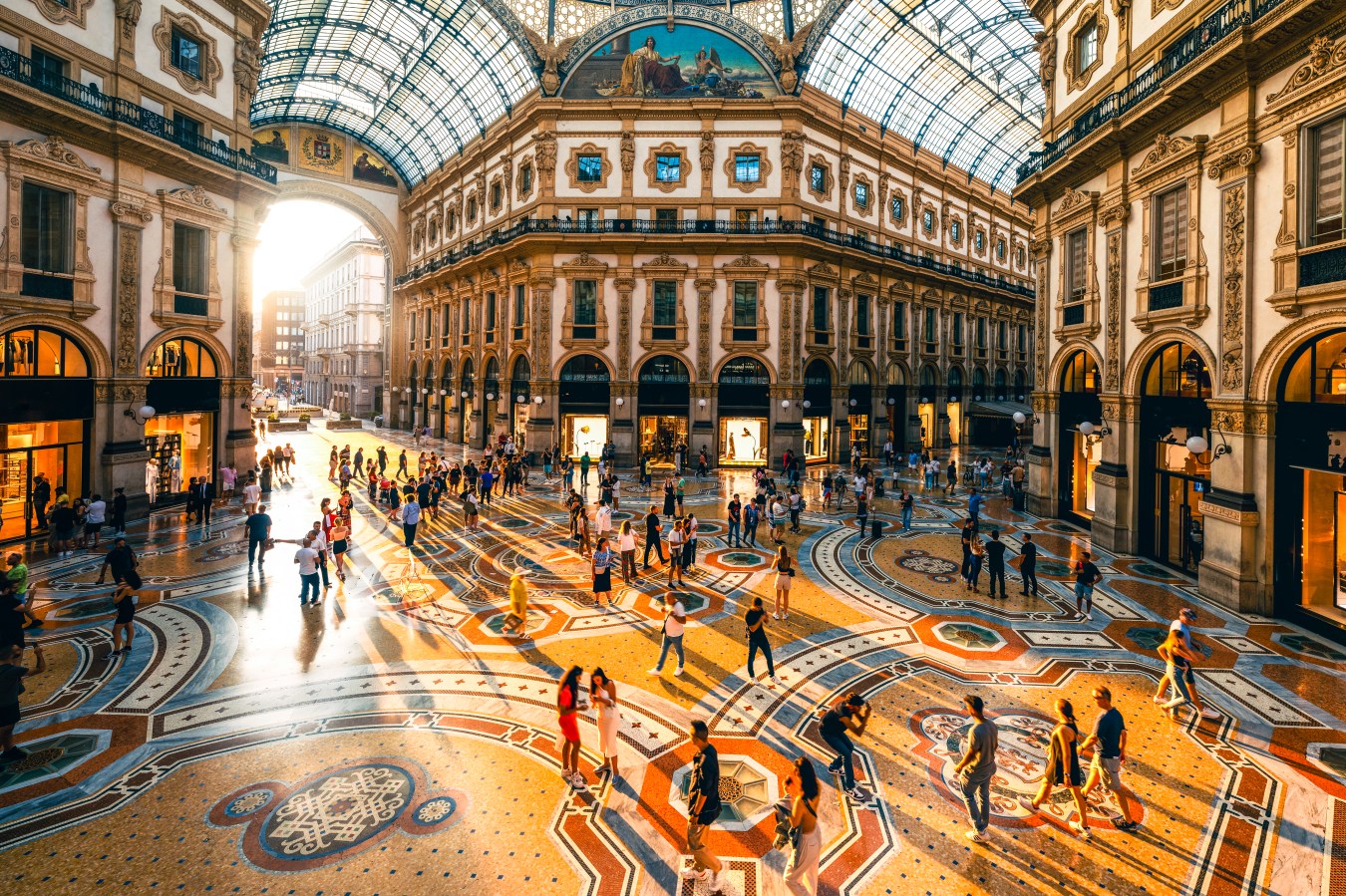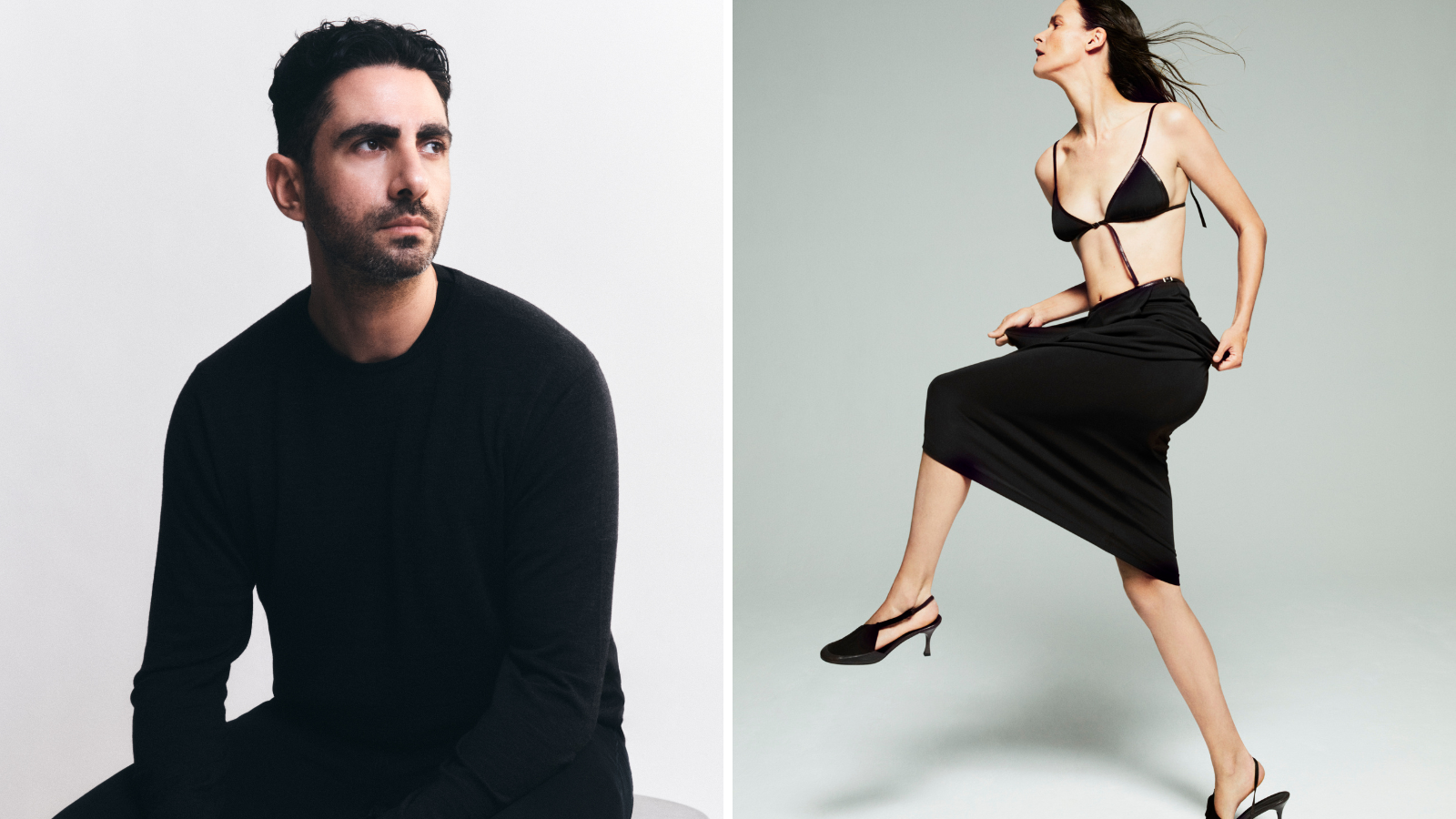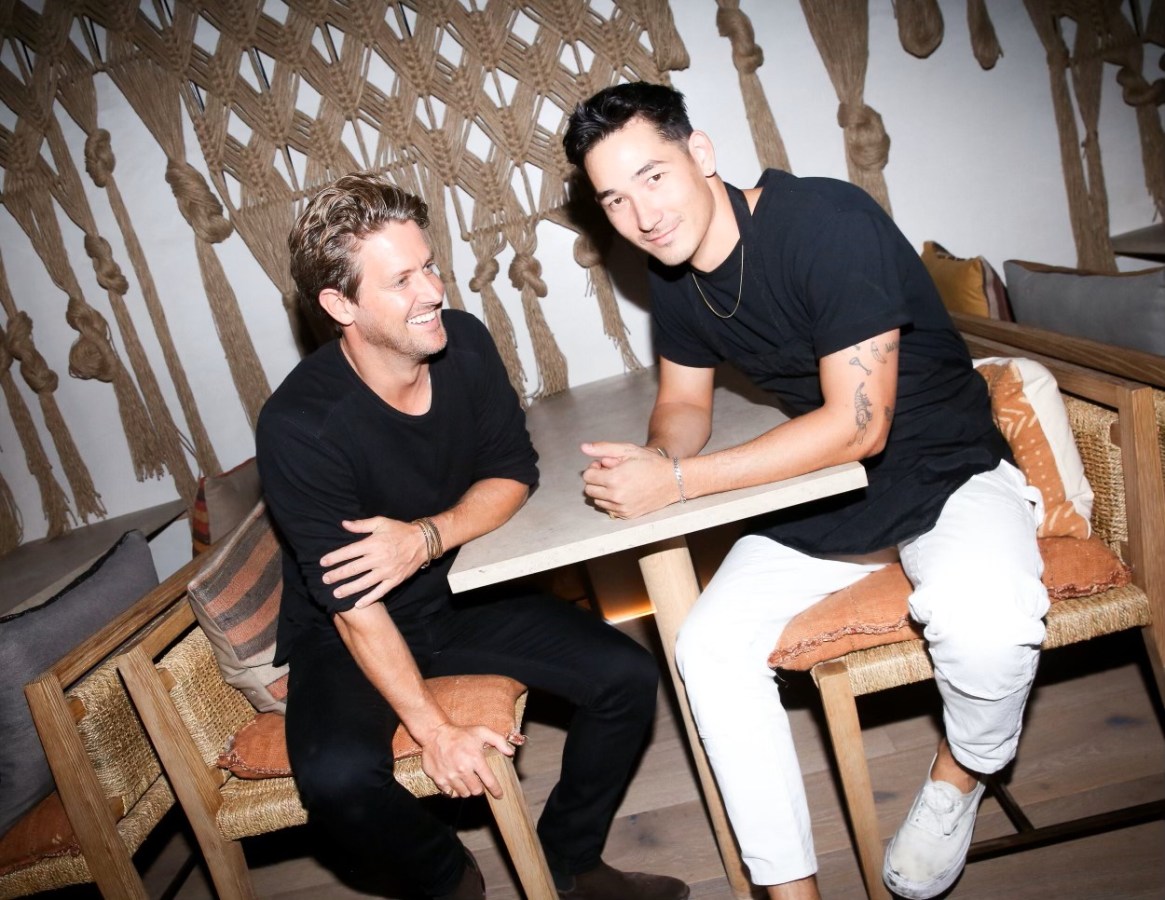Neale Whitaker is an interior designer known for his work on ‘The Block’ and ‘Love It or List It Australia.’ Before becoming a TV host, he edited Vogue Living and Belle magazine. He talks to Forbes Australia about the aesthetic and customisation trends he is seeing.
This article features in Issue 12 of Forbes Australia – out Monday, 12 August. Tap here to secure your copy.
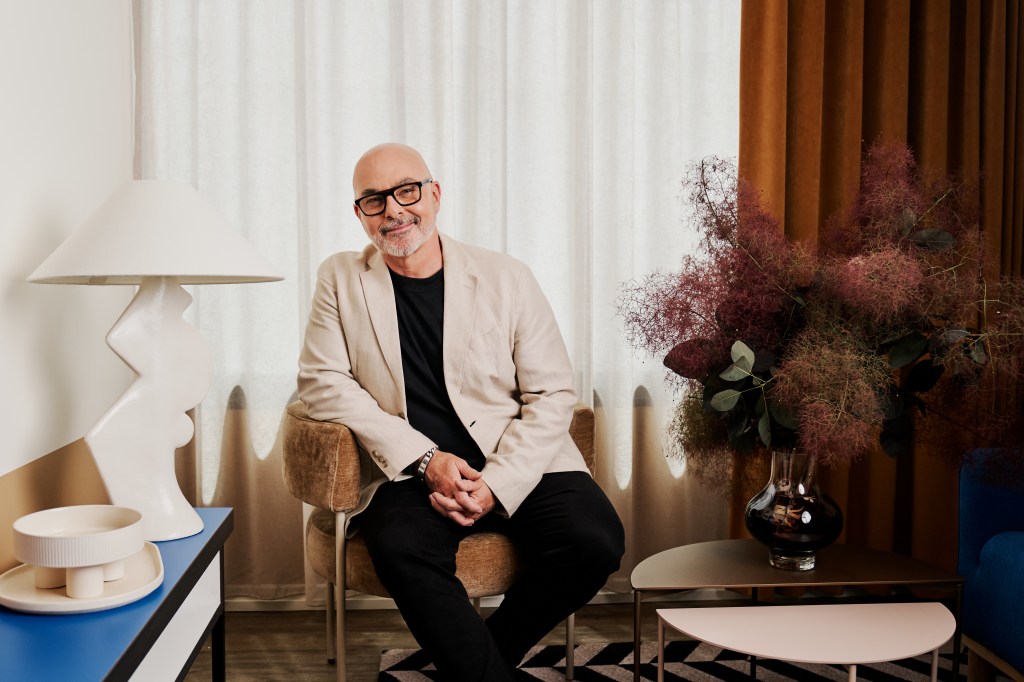
What design trends are you currently seeing?
The design and interior decor trends coming through this year point towards individuality.
We have been in a very cookie-cutter, predictable design era for several years. Now, we are seeing the ‘year of the urban aunt.’
Can you describe the ‘urban aunt’ trend?
Apparently, we all have this urban aunt in our lives – this wonderfully chic, eccentric aunt who lives in the city and we aspire to everything about her lifestyle and home. This mythic urban aunt encourages us to mix styles and clash eras and textures and materials and just be generally more independent and innovative in our approach. Another trend coming out of the US is ‘dopamine decor,’ which is a bright colour palette – a clashing of colours not seen since the mid-1980s. The message is ‘be bold.’ Take design risks. It’s all about personalisation.
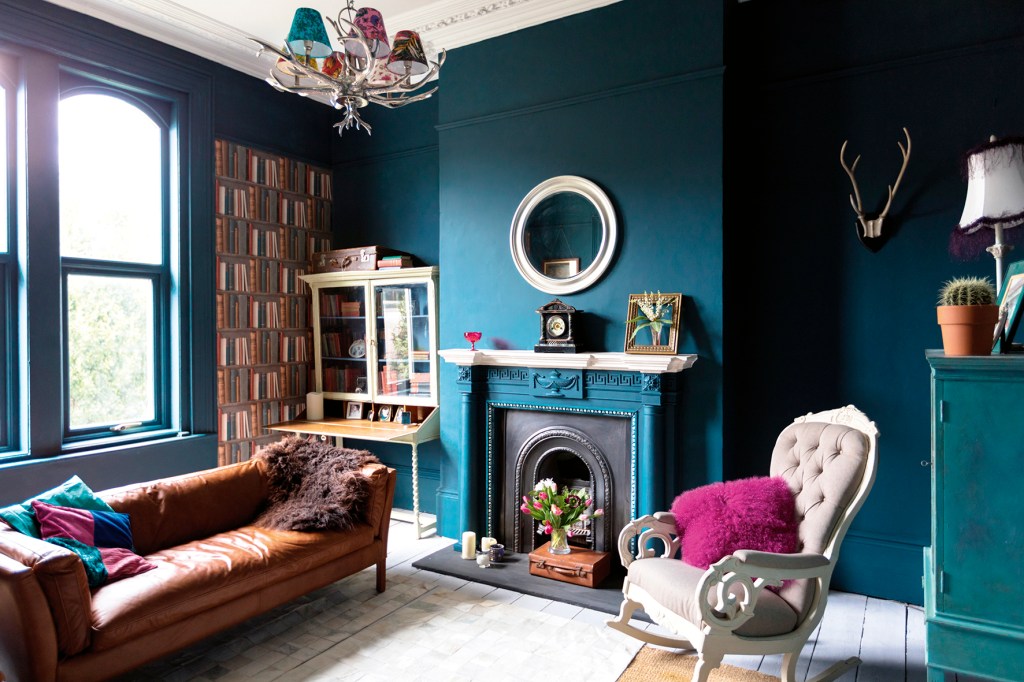
What has caused this shift?
A lot of us were sitting in our homes for way longer than we wanted to during the COVID-19 years. We’ve had time to get bored with our homes, so we want to do new things. At the same time, many of us have to be very careful financially.
We’re not moving homes as much as we used to or taking on the big renovation. So, we are looking at changing our homes through the decor. For years, the pendulum has been swinging in the direction of very beige designs that are very neutral and Scandinavian-influenced.
The neutral trend at the moment is called ‘Japandi.’ It’s Scandi and Japanese rolled together,
a decor trend that fuses elements of Scandi functionality with Japanese minimalism.
What other trends are you seeing?
People are choosing things that have more of a rustic feel, look aged, and have been slightly weathered – the whole influence of what we call ‘Wabi Sabi’ from Japan – that’s still very current. Another term used is ‘minimaluxe’ – minimal luxury. The idea of minimalism and functionality, but with a design edge. ‘Charismatic simplicity’ is a term that works to this whole idea of individuality and customisation. That’s exactly what’s happening in the automotive industry, you can customise your car to suit yourself and your mood. I can get in my MINI car and customise it to have a different mood to what I might have in the car today.
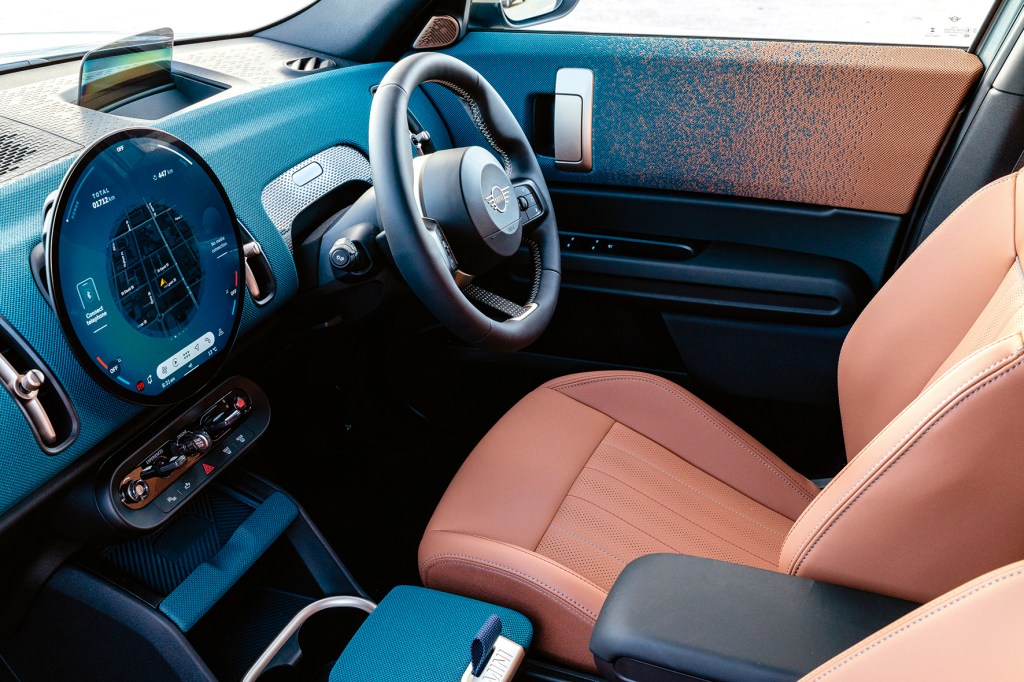
Where do you see design going in the next 10 years?
All I can say is that everything comes around, and I’m old enough to have seen trends come and go and be back in fashion. It’s the nature of design. There is almost no ‘new’ in the world. If the pendulum is swinging towards bright colours now, then you can guarantee that it will, at some point, swing the other way too. Certain things will not change, though. Our insistence on sustainability and environmental issues is a constant now. It’s now become central to everything in design. Now, you cannot build a house, for example, without being super aware
of sustainability issues.
How has technology impacted the individualisation trend?
For a long time now, we have been able to custom-make things like wallpaper. I used to see contestants on The Block taking images that they liked and blowing them up to have wall coverings made. It can now also be applied to cabinetry. You can turn images into a thin veneer that can then be applied to kitchen cabinetry, bedroom cabinetry, and wardrobe doors. You can commission furniture if you’ve got sufficient funds to pay for it. We’re probably not that far away from ordering 3D-printed furnishings and customising them at vastly reduced cost.
With all this talk about customisation, are there times when buying off-the-shelf is ok?
Buying off the shelf is fine. I’ve been buying off the shelf my whole life. It’s what you do with the things you buy off the shelf. It’s how you curate those things and how you put things together that makes them unique.

How did you come to be an interior design expert?
I’m London-born and bred, but I’ve been in Australia for 25 years. I was supposed to come over for a year, maybe two, if I was lucky. Here I am 25 years later. My background is editing magazines and I crossed over into the interior design world in 2006 when I took over Belle magazine.
In 2014, I moved across to edit Vogue Living. Many people think I’m an interior designer, because of my television work, but I’m not. I describe myself as an interior design expert – I earned my stripes through editing interior design magazines.
What is it about that Berry in southern NSW that is special to you?
It’s that sweet spot between the Southern Highlands and the coast. We live in the country but are only 10 kilometres from the ocean. Where I live is very rural. Berry is a sweet little town, and it’s got a lovely community feel to it. I also love the fact that it is only two hours from Sydney.
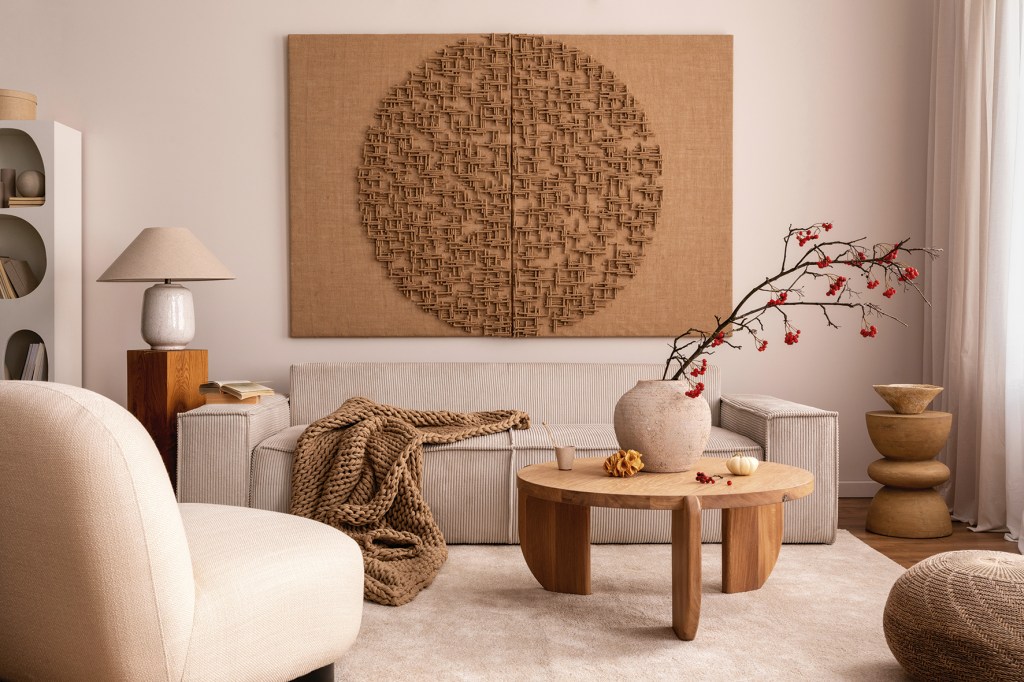
You grew up in the UK, and now live in Australia. Are design trends that different in those markets?
No, they’re not. Trends are trends. Each market interprets those trends differently, and
we take what is relevant to us. What is interesting, of course, is that in the UK, the current individuality trend is far less relevant because the Brits have always decorated with colour. The neutral palette is alien to the Brits. It’s all governed by the weather – in Northern Europe, they use rich fabrics and warm colours.
What is the one custom thing you don’t have and really want?
There’s not much in my life that I need. One thing I would really love is a mature Canary Islands Palm tree at my home in Berry. Being the age I am, I don’t want to hang around waiting for the palm tree to grow. So, it has to be mature, and it has to be a Canary Islands Palmtree because they are the most beautiful.
They are super, super expensive. I’ll get one – one day.
Look back on the week that was with hand-picked articles from Australia and around the world. Sign up to the Forbes Australia newsletter here or become a member here.

